The Nordic Nations Setting the Gold Standard
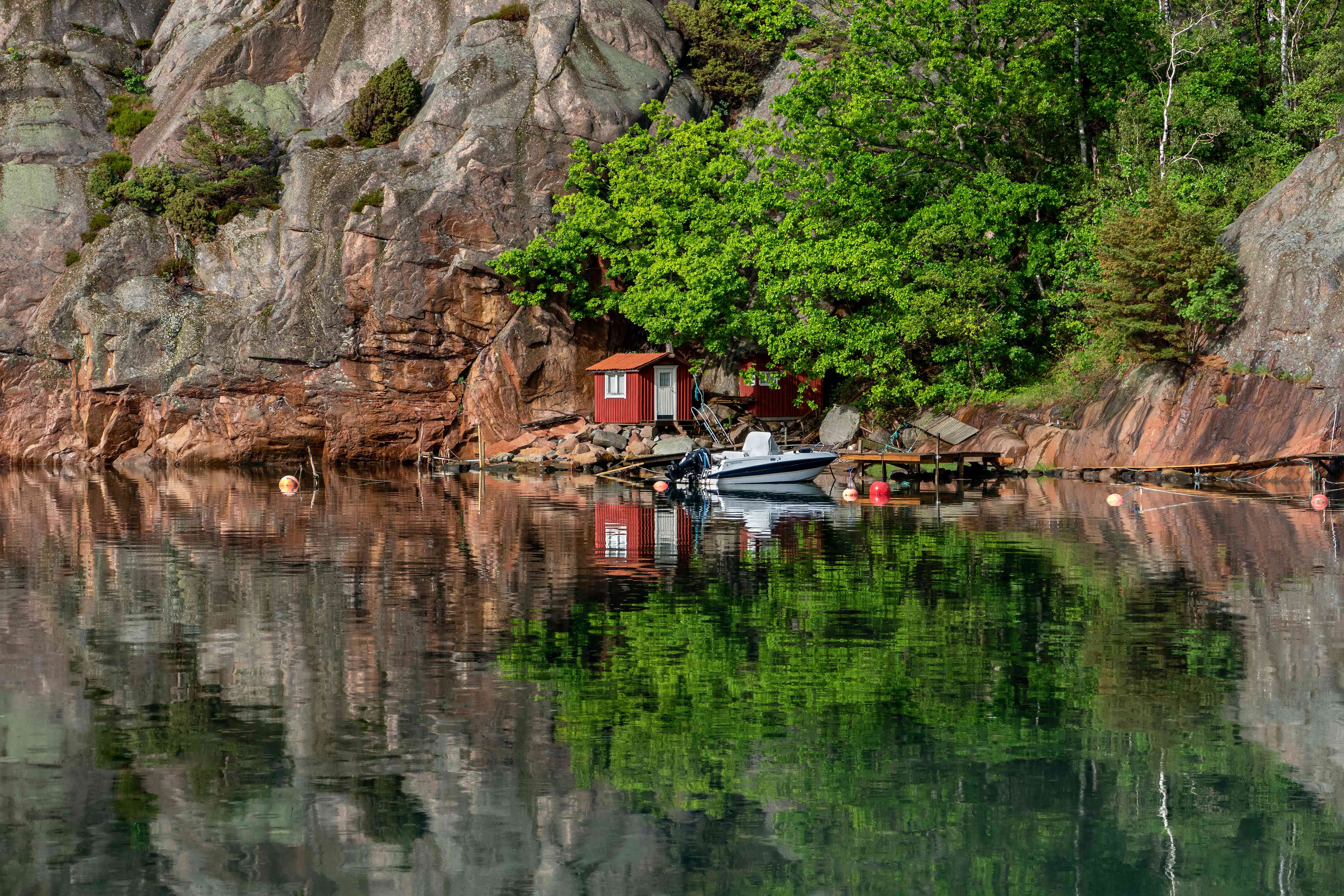
Picture stepping off a train in Stockholm where Gothenburg, Sweden ranks highly on the Global Destination Sustainability Index. Around the country, roughly 97% of public transport is powered by renewable energy. The Nordic countries aren’t just pretty postcard destinations anymore—they’ve become the heavyweight champions of sustainable travel. These northern powerhouses are proving that you don’t have to sacrifice comfort or adventure to travel responsibly. When you visit Finland, Iceland, Norway, Sweden, or Denmark, you’re not just seeing fjords and northern lights; you’re witnessing what the future of tourism should look like. In 2025, sustainable tourism practices are no longer an optional trend—they are an essential pillar of policy across Northern Europe. Countries including Denmark, Finland, Iceland, Norway, Sweden, Estonia, Latvia, Lithuania, the UK, and Ireland are demonstrating how tourism and environmental responsibility can coexist. It’s like watching a masterclass in how to balance visitor satisfaction with environmental protection.
Iceland Where Fire and Ice Meet Sustainability
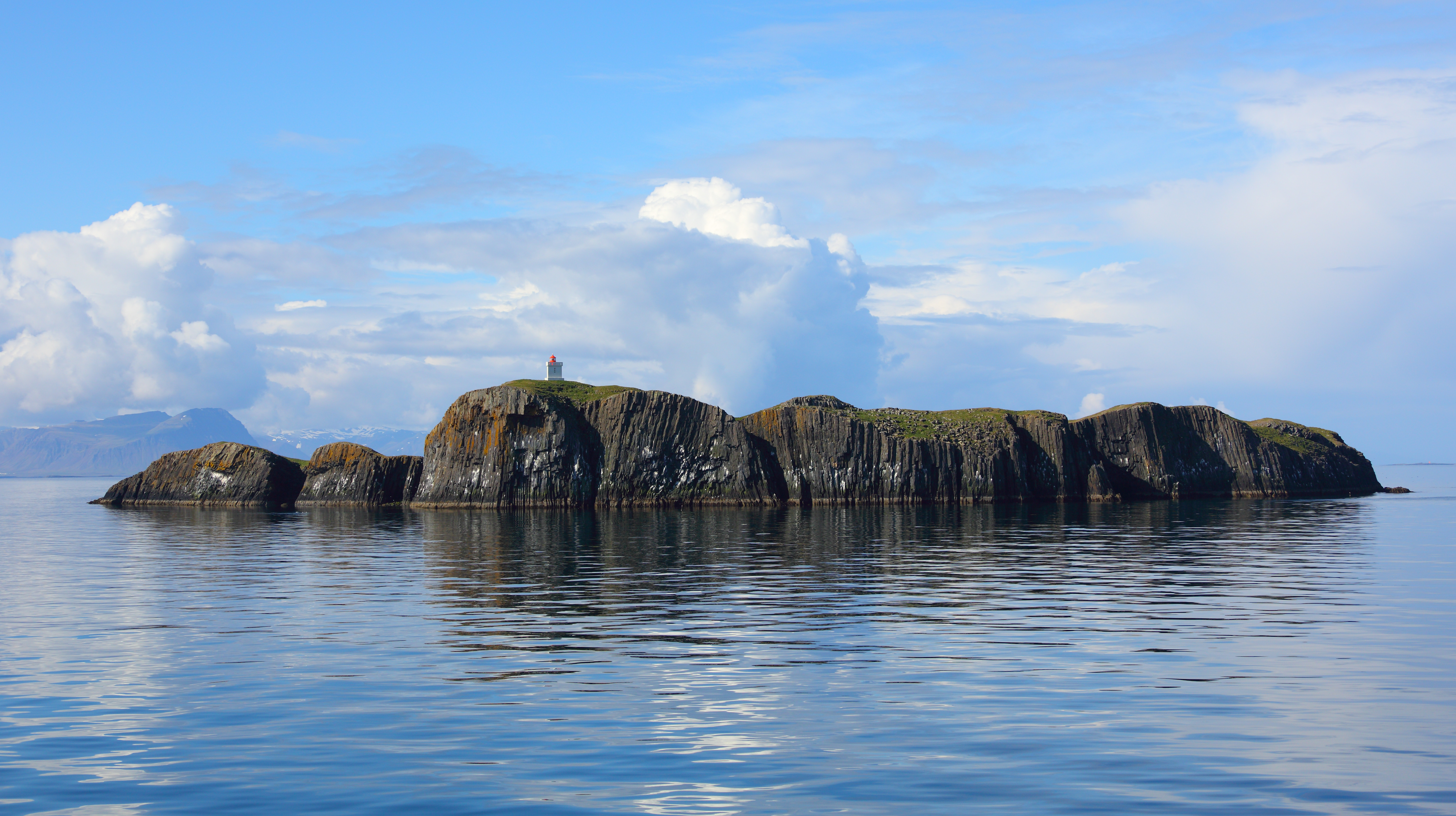
Iceland feels like stepping into another world, and honestly, it might as well be another planet when it comes to sustainable energy. Iceland, meanwhile, has one of the world’s largest geothermal and hydropower resources, and produces virtually all its electric power sustainably. Think about soaking in the Blue Lagoon’s milky blue waters, knowing that the geothermal energy heating it comes from the earth itself. The country has turned its volcanic activity into a superpower for clean energy. Iceland, fueled by nearly 100% renewable energy, offers a surreal landscape of geothermal spas like the Blue Lagoon and dramatic volcanic terrains. Indulge in sustainable seafood and witness the raw beauty of glaciers. Every hotel you stay in, every restaurant you dine at, is powered by nature’s own furnace. It’s like the country has figured out how to make Mother Nature pay the electricity bills.
Finland The Land of a Thousand Lakes and Zero Waste

Finland, ranked 4th globally, is synonymous with wellness and relaxation. Known as the “Land of a Thousand Lakes,” it recorded 22.83 million overnight stays in 2023, making it a favorite among leisure travelers. But Finland’s commitment to sustainability goes way beyond just having pristine lakes everywhere you look. What’s more, Forbes recommends Finland as one of the most sustainable countries to visit. They also mention Sweden, along with its Nordic neighbours, Norway, Denmark and Iceland, as “eco-energy superheroes”. Picture this: you’re sitting in a traditional sauna, steam rising around you, then plunging into an ice-cold lake—and knowing that this wellness ritual has been carbon-neutral for centuries. Finnish sauna culture, often paired with icy plunges, provides visitors with a rejuvenating escape. These wellness journeys offer a refreshing alternative to the fast pace of urban life. Finland has mastered the art of making relaxation and sustainability go hand in hand.
Costa Rica The Pura Vida Sustainability Pioneer
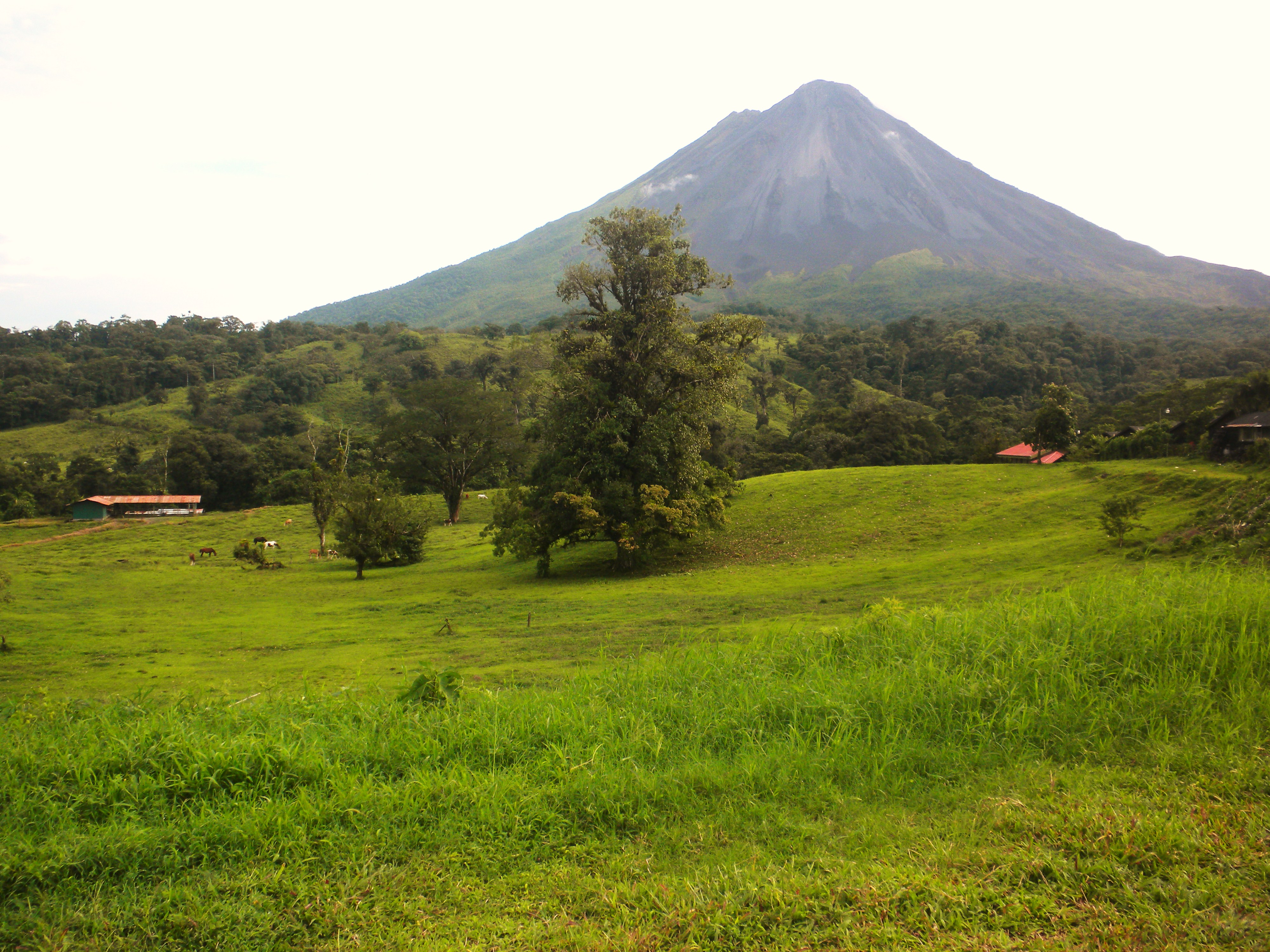
Costa Rica didn’t accidentally become the poster child for eco-tourism—it earned that title through decades of dedication. This list probably wouldn’t have been complete without the inclusion of Costa Rica. Easily one of the loveliest places you’d ever visit, Costa Rica is also incredibly efficient when it comes to sustainable tourism. Walking through Manuel Antonio National Park, you’ll hear howler monkeys before you see them, witness sloths moving at their famously leisurely pace, and spot colorful toucans overhead. Another interesting fact about the country: 25% of the land is still left as rainforest. They also produce above 90% of their electricity from renewable resources, and occupy 5% of all biodiversity in the world. It’s mind-blowing that a country smaller than West Virginia contains more biodiversity than entire continents. The country knows how to leverage these advantages to attract tourists, and has turned its tourist campaign into one based on ecotourism – summed up in the slogan ‘Pura Vida’ (the ‘Pure Life’). More than a quarter of this country – majestically located between the Pacific Ocean and the Caribbean Sea – is given over to national parks.
Bhutan The Kingdom Where Happiness Trumps GDP

Imagine a country that measures success not by how much money it makes, but by how happy its people are. That’s Bhutan for you. Bhutan stands out as the only carbon-negative country in the world, making it an unparalleled choice for eco-conscious travelers seeking truly sustainable destinations. With its carefully considered and strict tourism policies, Bhutan ensures minimal environmental impact while offering visitors breathtaking cultural and natural wonders. This Himalayan kingdom doesn’t just talk about sustainability—it lives and breathes it. The country’s unique approach to tourism through its “High Value, Low Impact” policy includes a daily sustainability fee that directly funds free healthcare, education, and conservation efforts. Guided by the philosophy of Gross National Happiness rather than Gross Domestic Product, Bhutan prioritizes environmental protection and cultural preservation above mass tourism. When you visit Tiger’s Nest Monastery, clinging impossibly to a cliff face, you’re not just seeing an architectural marvel—you’re supporting a nation that chose forests over profit. Bhutan is the world’s only carbon-negative country, thanks to its extensive forests and sustainable policies. Trek through the majestic Himalayas or explore monasteries, all while contributing to a destination that values gross national happiness over GDP.
New Zealand Where Conservation Meets Adventure
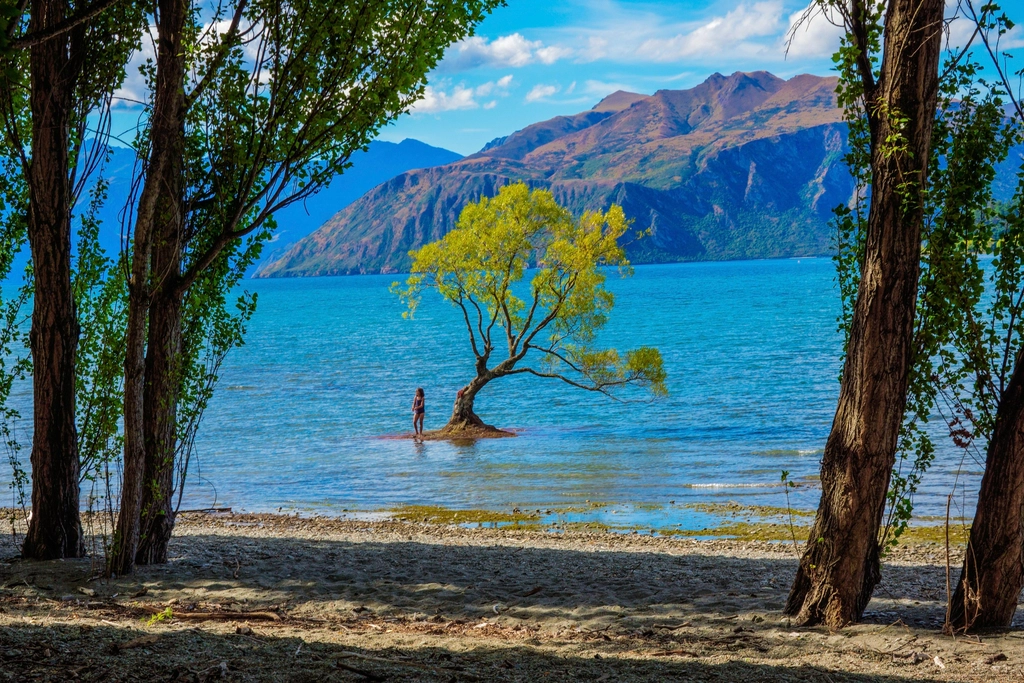
New Zealand has turned environmental protection into an art form, and honestly, when you’re standing in front of Milford Sound or hiking through Fiordland, you understand why they’re so passionate about preservation. We’ve already seen countless images of the natural beauty that the Oceanic country boasts, but the thing that separates it from many other countries is its commitment to sustainable tourism. Multiple projects – including the New Zealand Tourism Sustainability Commitment (TSC) – have been launched to ensure that the country remains as pretty-looking as it is, while saving the environment in the process. The country has figured out how to let millions of visitors experience its jaw-dropping landscapes without destroying what makes them special in the first place. From glacier walks to whale watching, every activity feels like it’s designed with the future in mind. With a strong national focus on preserving its stunning and diverse landscapes, the country offers a wide array of eco-friendly activities, ranging from exhilarating glacier hiking to responsible whale watching excursions. Notable Locations: The dramatic fjords of Fiordland National Park and the geothermal wonders of Rotorua. It’s like the entire country decided to be a massive outdoor classroom on how to do tourism right.
Slovenia Europe’s Hidden Green Gem
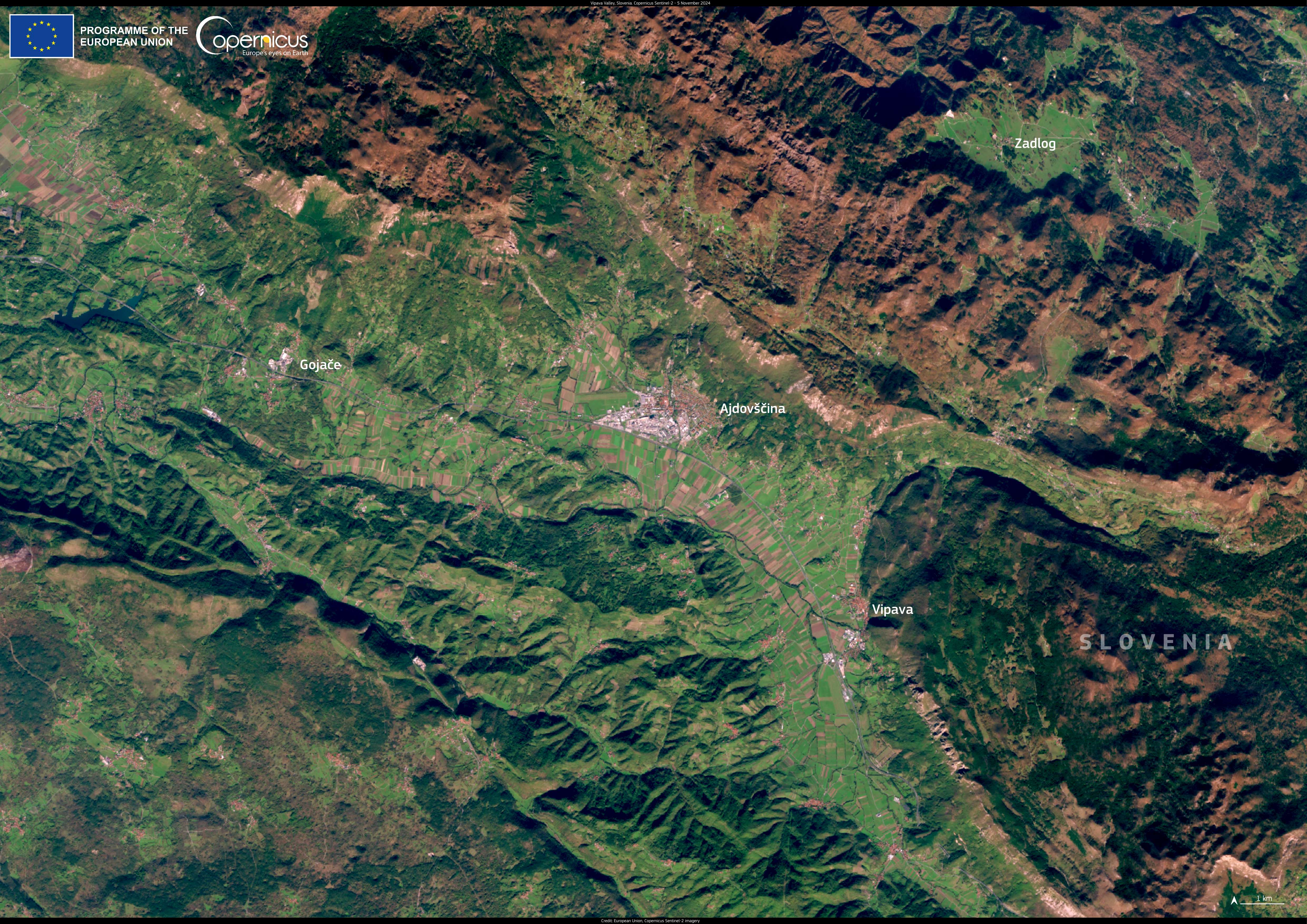
Slovenia might be Europe’s best-kept secret when it comes to sustainable travel, and that’s exactly how locals like it. While I was doing my research for this article for Brush With Bamboo, I obviously had to look at pictures of all the countries in my shortlist, and my word, I just don’t think there’s any country that is as focused on greenery as Slovenia. I haven’t seen so much greenery anywhere, and the fact that they were the first country to be labelled the Green Destination Of The World gives you all that you need to know about their priorities as a nation. Walking through Ljubljana’s car-free city center feels like stepping into a future where cities actually work with nature instead of against it. Slovenia was one of the first countries to be declared a “Green Destination” and continues to raise the bar for sustainable travel in Europe. The capital, Ljubljana, has banned cars from the city center, invested in cycling infrastructure, and prioritized clean public transportation. Lake Bled looks like something out of a fairy tale, but what makes it truly magical is knowing that every hotel, restaurant, and activity around it operates under strict environmental guidelines. Slovenia proves that small countries can have massive impacts when they commit to doing things differently.
Rwanda The Conservation Comeback Story
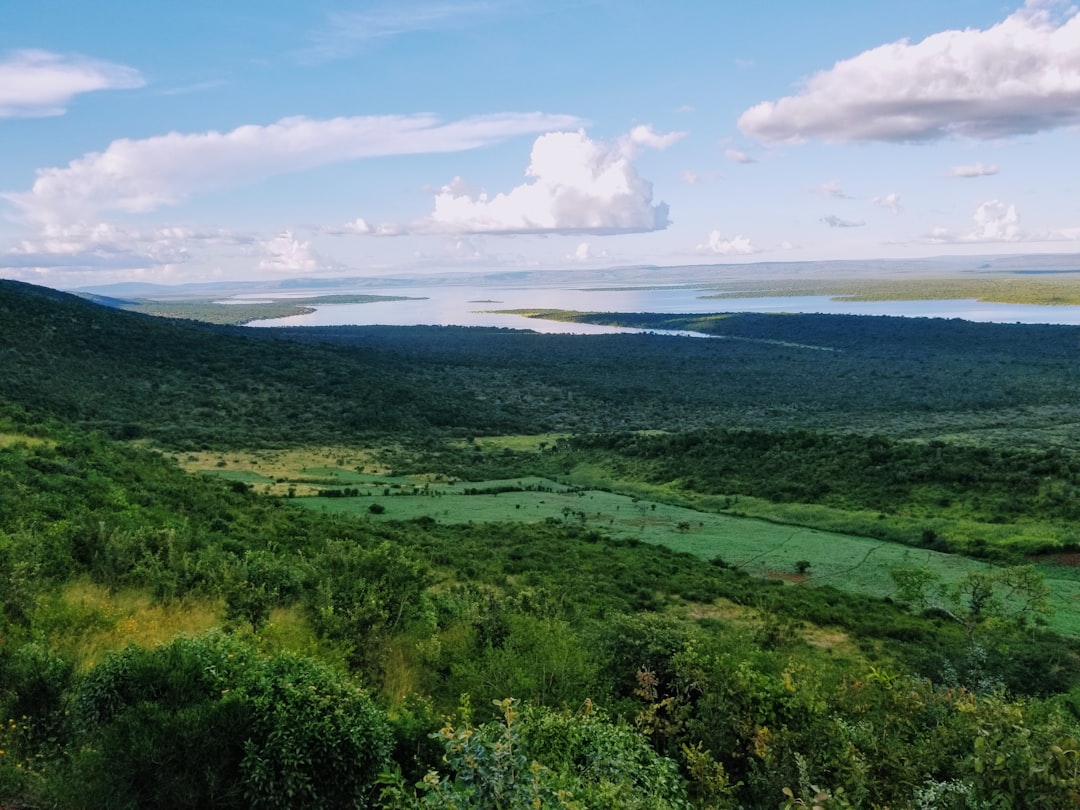
Rwanda’s transformation from tragedy to triumph is one of the most inspiring stories in sustainable tourism. Rwanda has transformed its image through conservation-focused tourism, particularly its mountain gorilla protection programs. The country’s high-fee, low-volume tourism model generates significant revenue for conservation while minimizing impact on sensitive habitats. When you trek through Volcanoes National Park to see mountain gorillas, you’re not just having a once-in-a-lifetime wildlife encounter—you’re supporting a conservation success story that seemed impossible just decades ago. Rwanda has become a model for wildlife conservation, particularly with its successful efforts to protect mountain gorillas. Through high-cost, low-volume tourism, the country funds habitat protection and reinvests in surrounding communities. The country has shown the world that tourism can be a powerful force for healing, both for the environment and for communities. Rwanda also pioneered the banning of plastic bags and has implemented monthly community clean-up days (Umuganda). Rwanda’s approach ensures that tourism benefits flow directly to local communities and conservation efforts. It’s proof that sustainable tourism isn’t just about protecting nature—it’s about protecting people too.
Palau The Pacific Pioneer

Palau might be tiny, but its impact on sustainable tourism is enormous. Perhaps the most famous thing that they have done in sustainable tourism is the Palau Pledge that was signed in December 2017. That pledge clearly states that international visitors would be required to sign a stamp in all their passports that they will take good care of their surroundings and preserve and protect the islands, going one step closer to achieving sustainable tourism. Picture getting your passport stamped with a promise to protect one of the world’s most pristine marine environments—it’s like being inducted into an exclusive club of responsible travelers. Palau is a true global leader in marine conservation, exemplified by its innovative tourism pledge, the Palau Pledge. Visitors actively agree to protect the environment and deeply respect the local culture, ensuring minimal impact on this pristine island nation. Snorkeling in Jellyfish Lake feels otherworldly, like swimming in a living snow globe, and knowing that your visit helps fund marine protection makes the experience even more magical. Palau’s approach to tourism focuses on quality over quantity, with policies designed to prevent overtourism while maximizing benefits to local communities. The country has banned harmful sunscreens to protect its coral reefs and implemented strict regulations for tour operators. This tiny nation has figured out how to make every tourist dollar count for conservation.
When you choose any of these nine destinations, you’re not just picking a vacation spot—you’re casting a vote for the kind of world you want to explore in the future. These places prove that sustainable tourism isn’t about sacrificing fun or comfort; it’s about traveling smarter, deeper, and with more purpose. So next time someone asks you where you’re planning to go, pick one of these trailblazers and become part of the solution. After all, the best adventures are the ones that leave the world a little better than you found it—wouldn’t you agree?





